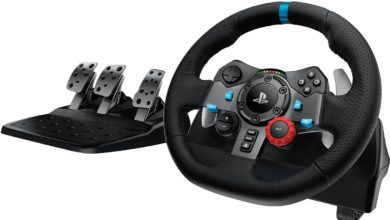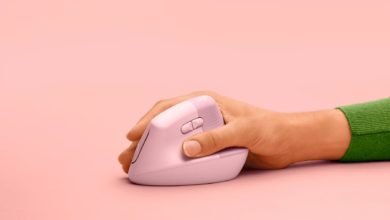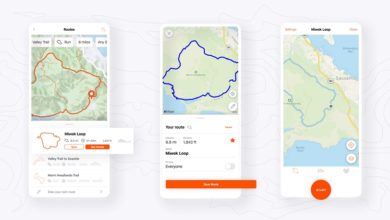Android version break up : Gingerbread still in lead, Jellybean on the rise
<p>It has been more than 2 years since Google released Gingerbread version of Android (2.3, on December 6, 2010) and to this day, Gingerbread is the version of Android that powers majority of Android smartphones. With 44.2% of market share, Gingerbread is beyond reach for Icecream Sandwich (28.6%) as Jelly Bean (16.5%) has started eating into ICS market share. From what we see, it would be JellyBean that would end the Gingerbread domination.</p>
<p><a href=”http://www.gadgetdetail.com/wp-content/uploads/2013/03/android-feb-2013.png”><img alt=”android feb 2013″ src=”http://www.gadgetdetail.com/wp-content/uploads/2013/03/android-feb-2013_thumb.png” style=”background-image:none; border-bottom:0px; border-left:0px; border-right:0px; border-top:0px; display:inline; height:282px; padding-left:0px; padding-right:0px; padding-top:0px; width:531px” title=”android feb 2013″ /></a></p>
<p>We think the main reason for Gingerbread’s strangled hold is the sheer number of devices that are stuck on Gingerbread give the jump that Android did with Icecream Sandwich. What is interesting to see though is how fast OEMs are upgrading from ICS to JB given relative ease of upgrade/build. Find more statistics after the break.</p>
<!–more–>
<p>The growth chart below shows the slowed down growth of ICS since beginning of 2013 and how JB is eating into ICS pretty fast.</p>
<p> </p>
<p><a href=”http://www.gadgetdetail.com/wp-content/uploads/2013/03/android-feb-2013-2.png”><img alt=”android feb 2013 2″ src=”http://www.gadgetdetail.com/wp-content/uploads/2013/03/android-feb-2013-2_thumb.png” style=”background-image:none; border-bottom:0px; border-left:0px; border-right:0px; border-top:0px; display:inline; height:242px; padding-left:0px; padding-right:0px; padding-top:0px; width:640px” title=”android feb 2013 2″ /></a></p>
<p>In other stats, it is good to see that half of the devices have ‘high dpi’ while a quarter have ‘extra high dpi’. This means that though low end droids are selling well, the majority of the devices come with ‘good quality to very good quality’ displays. When it comes to screen size, majority of droids sold have screen size between 3” and 5” (of course).</p>
<p><a href=”http://www.gadgetdetail.com/wp-content/uploads/2013/03/android-feb-2013-3.png”><img alt=”android feb 2013 3″ src=”http://www.gadgetdetail.com/wp-content/uploads/2013/03/android-feb-2013-3_thumb.png” style=”background-image:none; border-bottom:0px; border-left:0px; border-right:0px; border-top:0px; display:inline; height:188px; padding-left:0px; padding-right:0px; padding-top:0px; width:300px” title=”android feb 2013 3″ /></a><a href=”http://www.gadgetdetail.com/wp-content/uploads/2013/03/android-feb-2013-4.png”><img alt=”android feb 2013 4″ src=”http://www.gadgetdetail.com/wp-content/uploads/2013/03/android-feb-2013-4_thumb.png” style=”background-image:none; border-bottom:0px; border-left:0px; border-right:0px; border-top:0px; display:inline; height:188px; padding-left:0px; padding-right:0px; padding-top:0px; width:300px” title=”android feb 2013 4″ /></a></p>
<p><a href=”http://www.gadgetdetail.com/wp-content/uploads/2013/03/dpi-and-size-android.png”><img alt=”dpi and size android” src=”http://www.gadgetdetail.com/wp-content/uploads/2013/03/dpi-and-size-android_thumb.png” style=”background-image:none; border-bottom:0px; border-left:0px; border-right:0px; border-top:0px; display:inline; height:197px; padding-left:0px; padding-right:0px; padding-top:0px; width:640px” title=”dpi and size android” /></a></p>
<p><a href=”http://developer.android.com/about/dashboards/index.html”>Source</a></p>



